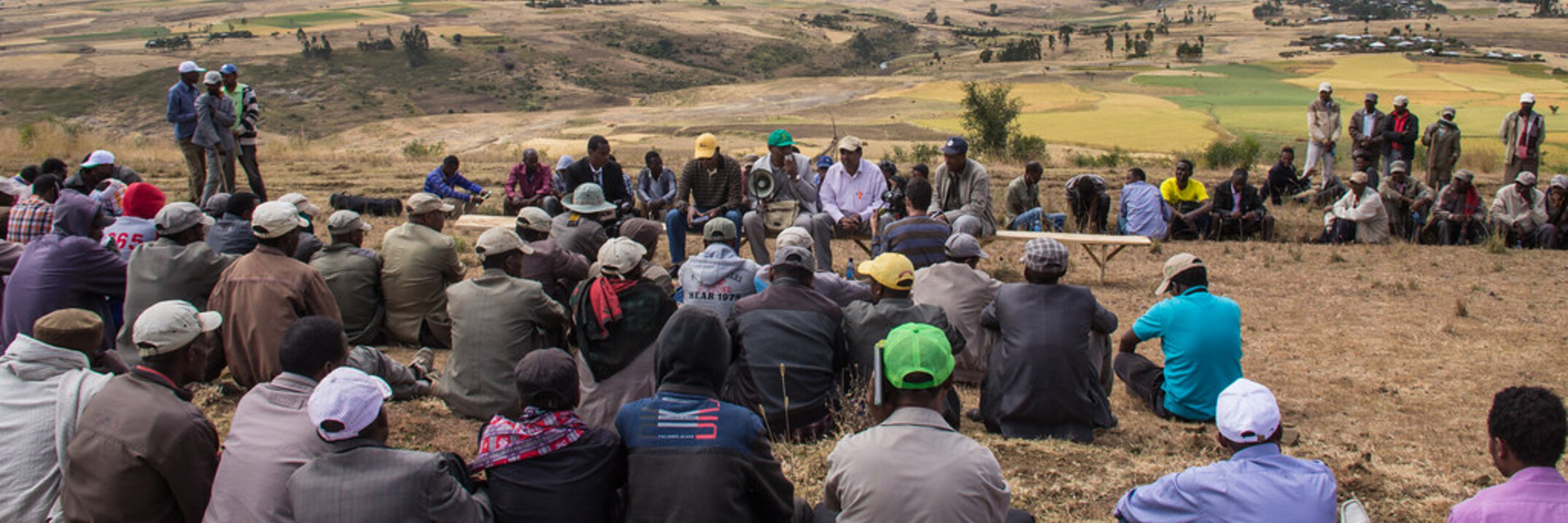The CGIAR Research Program on Dryland Agricultural Production Systems that is led by ICARDA, is moving forward with a series of implementation workshops, where the research teams will design workplans, set priorities and design action plans in the...


